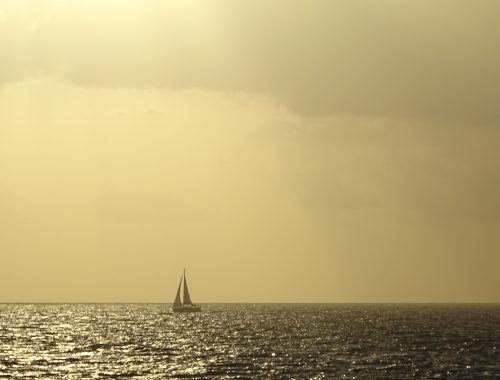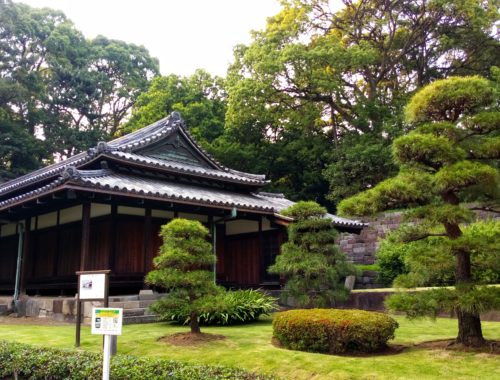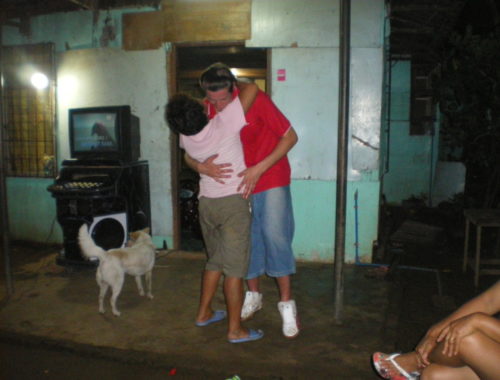
The Fuji-san energy vortex
Kitaguchi Hongu Fuji Sengen Shrine
On this day which marks the beginning of the rainy season in Japan, I take my jacket and decide to go for a walk.

At the beginning, without any precise goal on the main road which crosses Fujiyoshida. I continue my road until I realize that I approach a sanctuary, that of Kitaguchi Hondu. The rain is getting stronger and stronger. However, I do not take shelter, I continue…

So far, so good! I pass by a small village which is at the edge of a forest, the Suwa forest.


The sadhana
This sanctuary is the sacred passage to purify oneself before making the ascent of the mountain, sacred by the Shintoism since the VIIth century of our era. We are at 850m of altitude, it is the starting point of the ascent of the sacred mountain. There is about 9 hours of walking to its highest point… (Notice to the non-sportsmen, it is not a walk of any rest, you will need all the necessary equipment to do it).

This mountain which, for centuries, was forbidden of access because of the fear it inspired, no one dared to venture near its burning slopes. Until the day when some religious people defied the ban for the “Sadhana”, the spiritual elevation, it was the beginning of the pilgrimages on the Mount Fuji in the Edo era (between 1600 – 1868).
Despite this, the mountain was still forbidden to women, since they are considered impure by this religion until a foreigner, Fanny Parkes, completed the climb in 1867. Finally, thanks to this, the Meiji Period government lifted the ban on women’s climbing.

This shrine dating back to the year 110 is listed as a world cultural heritage site as part of the Mount Fuji region. Mount Fuji has been recognized for thousands of years as a sacred place inhabited by prestigious deities and emits a powerful vortex of pure earth energy.

I take the path adorned with cypresses and hundred-year-old cedars from which emanate a natural power and stone lanterns covered with moss.
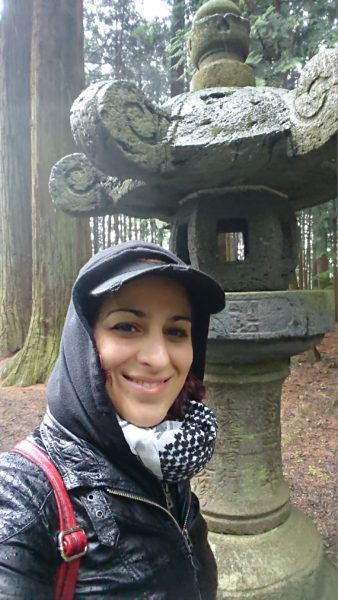

Passing through the wooden “torii” gate, one of the biggest in Japan (17m, rebuilt every 60 years to keep this beauty), at the entrance of the path, we feel the mystical atmosphere of the place. This energy that rises from my entrails gives me the strength to continue with a smile despite the rain. Where did I read that in a manga?
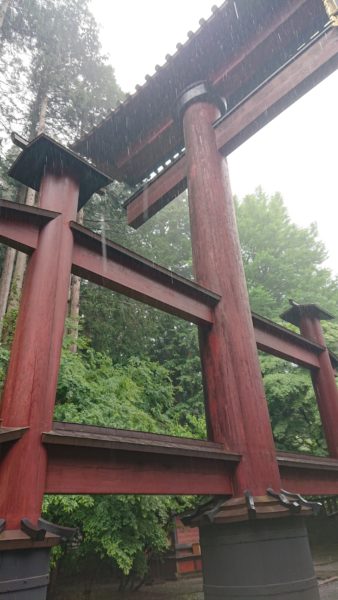
The Shinto torii is the portal separating the human world from that of the gods, one must bow when crossing it. I then passed in front of a fountain guarded by a dragon which filled a stone basin, a Temizuya, put at disposal to purify oneself or to eliminate negative energies.

A Japanese woman shows me how to do it in 5 steps. We take a ladle filled with water directly from the fountain with the right hand, we pour on the left hand up to the wrist, we change hand and we start again. Then we take the ladle filled with the right hand, and we bring to the mouth, suck a mouthful of water that we do not swallow. Discreetly, hiding your mouth with your hand, you spit this mouthful into the gutter around the basin. To finish, rinse again the left hand with a little water, then hold the ladle vertically with both hands and let the water run over the hands and the handle of the ladle. Here I am purified 🙂

Kitaguchi Hongu Fuji Sengen Shrine is known for housing the power of Yamato Takeru, a prince from the imperial family and a hero of Japanese legends. It is also a meeting place for psychics/mediums to restore their energy. I feel a part of this immense power in this place full of miracles and make it mine.
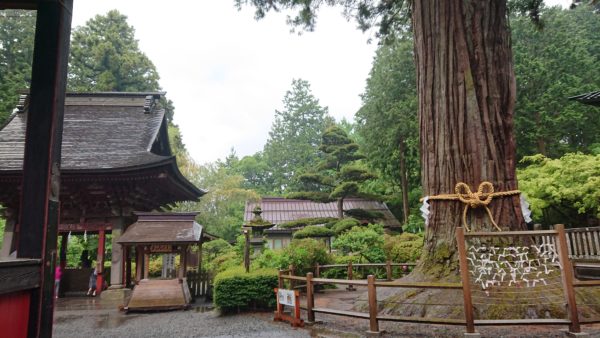
Opposite the main building on the left is the famous thousand-year-old Sacred Cypress.

I decide to take an Ema, a wooden plate that we use to address our wishes or prayers to the Kamis (to the gods). I address my wishes for my relatives but also for the Earth. I hang it on the portico to the right of the temple so that it can be read by the Kamis.
Under this driving rain, my body is soaked but purified, my soul seems to have taken strength from the surrounding energy, I walk around the shrine. It is just beautiful under this rain in the middle of the forest of Mount Fuji.


After my discovery, cold and wet, I head to the Mount Fuji station to have a hot bowl of ramen, before taking the train back home.

In the evening, one of Nico’s colleagues leaves and another one arrives.
One takes it along to Dohton Buri to taste a good typical Japanese dish.
Ninve
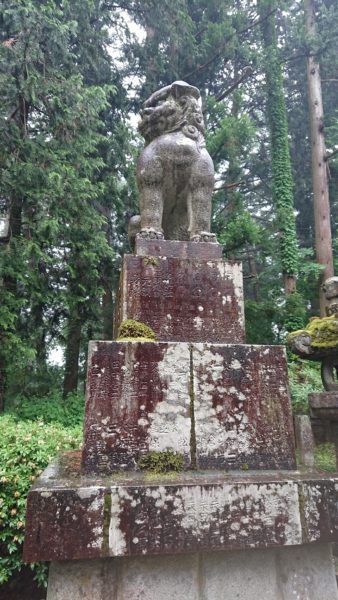







With devotion, Ninve


